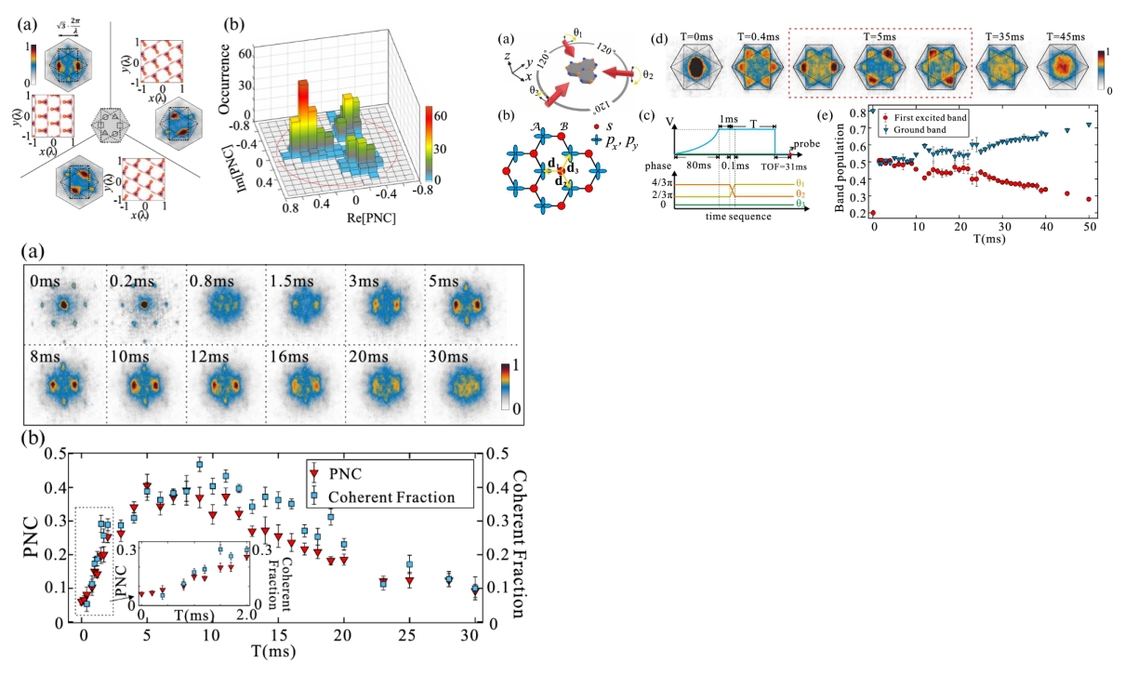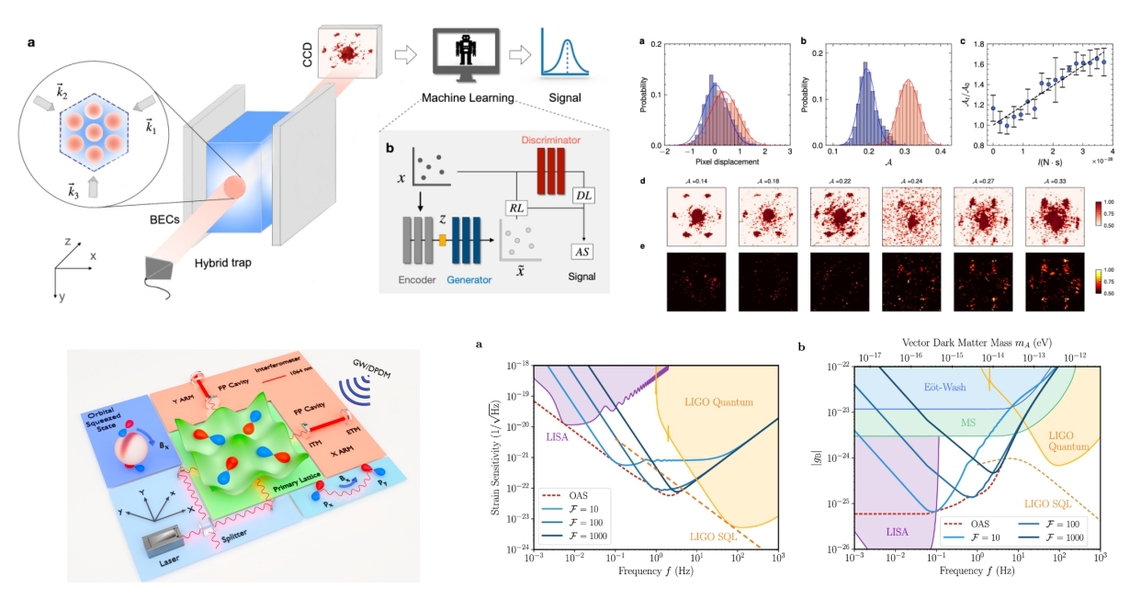Multi-orbital effects are ubiquitous for electrons moving in molecules and solid-state materials. It has been established that orbitals with high angular-momentum and multi-orbital hybridization are commonly existent in high temperature superconductors such as cuprates and iron-pnictides. Optical lattice quantum simulations have largely been focusing on single-band Bose-Hubbard models. Quantum simulations of multi-orbital Bose-Hubbard models are relatively scarce. Our group has made quite some efforts on building optical lattice quantum simulators of multi-orbital Bose-Hubbard models, and we work closely with experimental groups. We succeeded in loading ultracold Rb-87 atoms into a hexagonal optical lattice and prepare a Bose-Einstein condensate in its excited band. The condensate wave function involves a hexagonal sp-2 orbital hybridization. We predict the sp-2 orbital hybridized Bose-Hubbard model on the hexagonal lattice supports Potts-nematic and chiral superfluidity at low temperature. The Potts-nematic phase, a superfluid reminiscent of liquid crystal, is achieved in our experiment. The chiral superfluid has also been observed in a separate experiment by a collaboration of Hamburg University, Germany and Southern University of Science and Technology, China.

The multi-orbital Bose-Hubbard quantum simulator is a rich experimental platform to investigate many-body vestigial order, as it involves intricate interplay or competition between kinetic energy and multi-orbital correlations. Interaction renormalization is particularly interesting in this context. In the single-band Bose-Hubbard model, interaction renormalization can only produce quantitative corrections to the phase transition points and critical exponents without giving entirely new physics. In sharp contrast, in multi-orbital Bose-Hubbard models, interaction renormalization may lead to selection of various orbital orders, making the system a lot richer than the single-band Bose-Hubbard model. We expect the superfluids with unconventional orders, and the quantum control techniques in achieving them in optical lattices, may have technological applications in constructing novel atom interferometers for quantum sensing.
